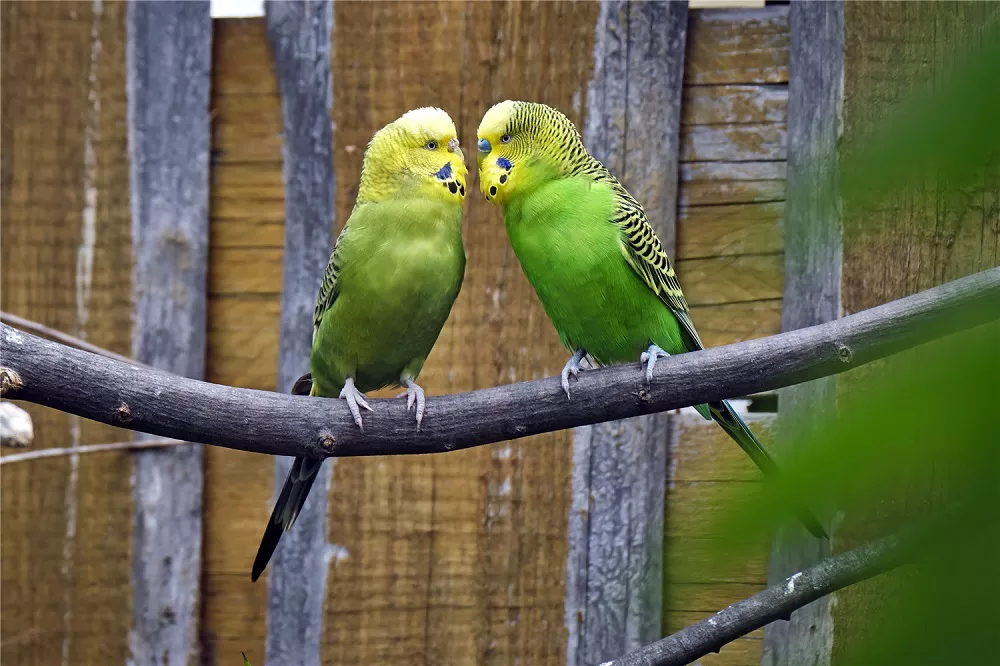Budgerigars, commonly known as budgies, are small parrots that are popular as pets worldwide. However, before becoming a favorite companion animal, they were found in the wild, inhabiting vast areas of Australia. Let’s take a closer look at where budgies live in their natural habitat.
Wild budgies are found in the arid and semi-arid regions of Australia, including the western half of the country and some parts of the eastern side. They thrive in environments that are hot and dry, often characterized by sparse vegetation, scrubby bushes, and grassy plains.
Budgies typically make their homes in tree hollows, although they have also adapted to live in crevices or holes in rocky outcrops, cliffs, and termite mounds. They are social birds and form flocks, sometimes numbering in the thousands, to find food, water, and shelter. These flocks can migrate long distances in search of food and water, sometimes traveling hundreds of kilometers in a day.
In the wild, budgies feed mainly on grass seeds, including those from spinifex grasses, Mitchell grasses, and saltbushes. They also eat various herbs, fruits, and vegetables when available.
It’s important to note that wild budgies are significantly different from their domesticated counterparts. Wild budgies are generally smaller, with more muted coloration and less developed feather patterns. However, through careful breeding, domesticated budgies have been selectively bred to have vibrant colors and distinctive feather patterns.
In conclusion, budgies are native to Australia and are found in the arid and semi-arid regions of the country. They live in flocks and make their homes in tree hollows, crevices, and holes in rocky outcrops. Wild budgies feed mainly on grass seeds and migrate long distances in search of food and water. As pets, budgies require a habitat that mimics their natural environment to stay healthy and happy.


 Facebook
Facebook  Instagram
Instagram  Youtube
Youtube 